The Ancient Near East and Genesis - Lesson 1
Mike Ervin
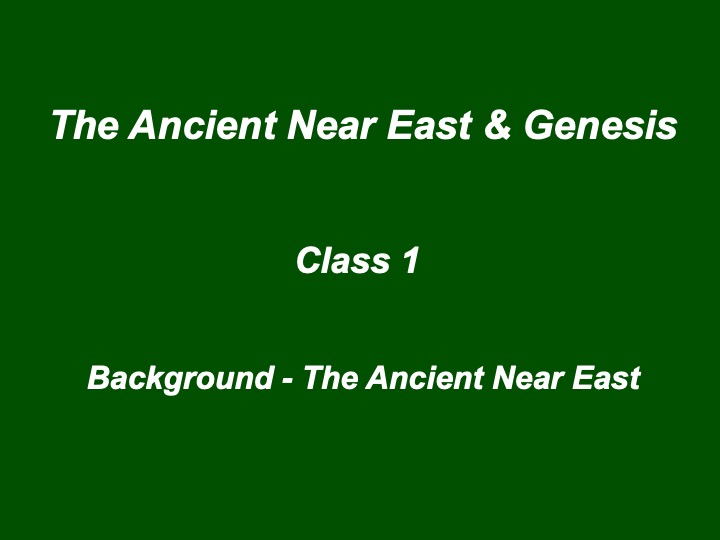


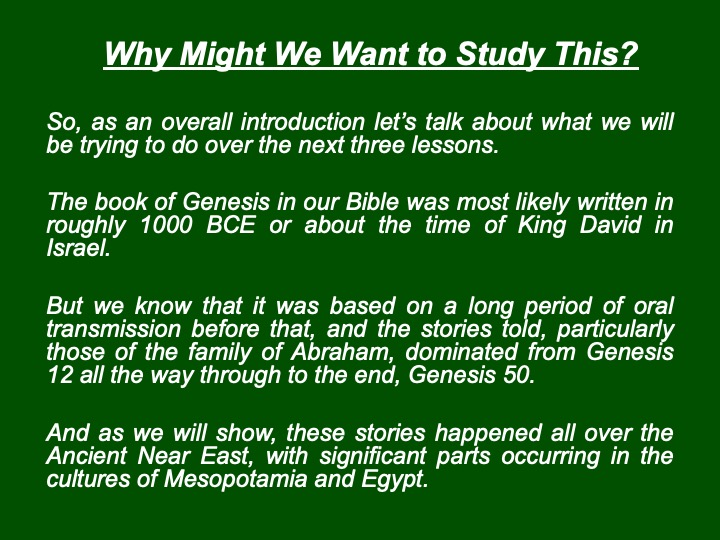
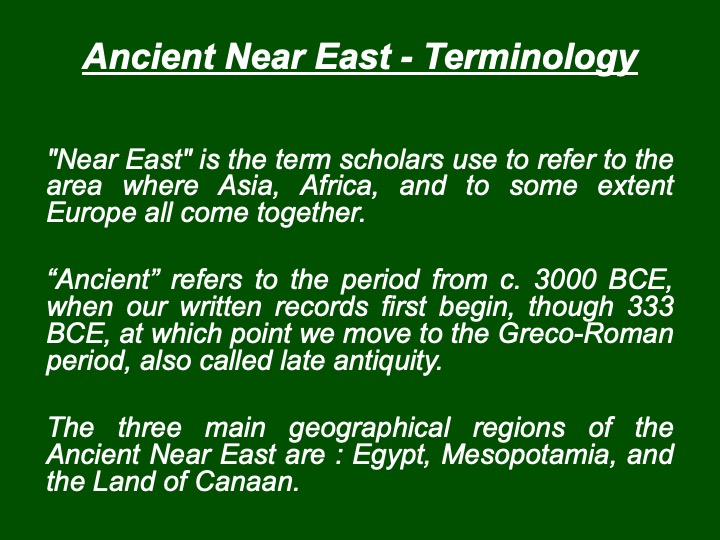
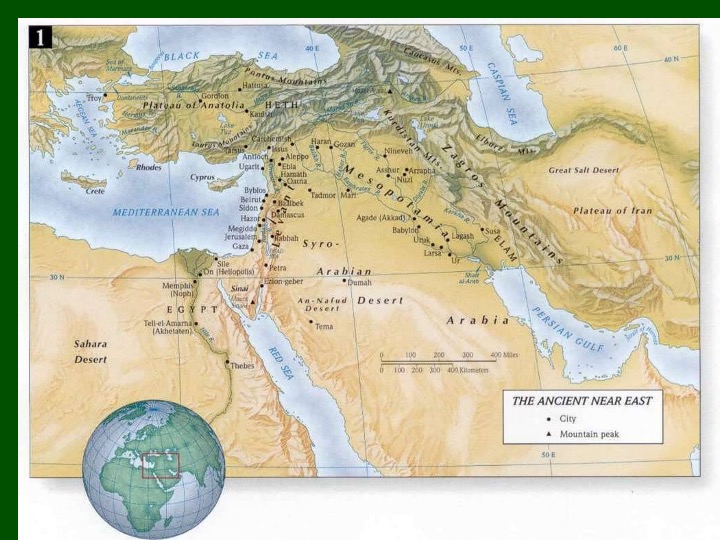
Ancient Near East and Genesis - Map.
The three main geographical regions of the ancient Near East are as follows:
Egypt, that is, the Nile valley, home of the Egyptians, contained mainly a homogeneous population. Mesopotamia, that is, the Tigris and Euphrates valley, contained, in contrast to Egypt, a very heterogeneous population: it was the home of the Sumerians, Babylonians, Assyrians, Hurrians, and others.
Canaan, the land in between the two great powers listed above, in which lived the Canaanites and the Israelites, might be called "the third world" of ancient times. Canaan has rather amorphous boundaries; basically, we define it as the area bounded by the shore of the Mediterranean to the west and the Syrian Desert to the east.
There are three regions beyond the main Near East that have a role to play in biblical history: Persia (modern Iran), Greece, and Arabia.
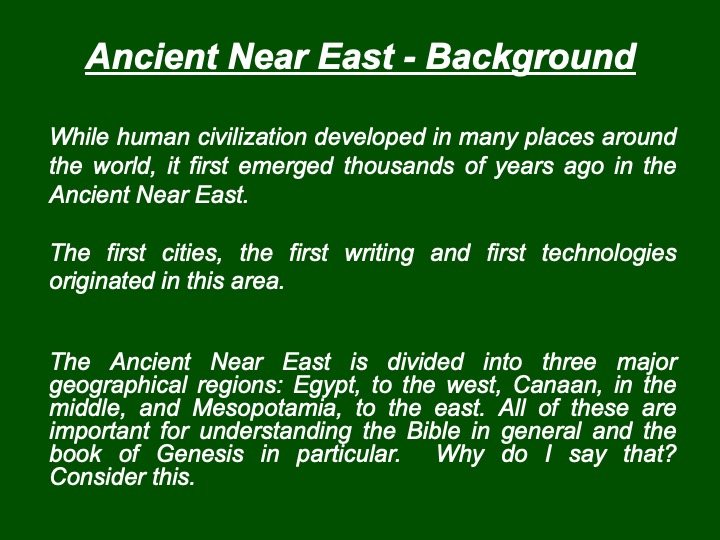
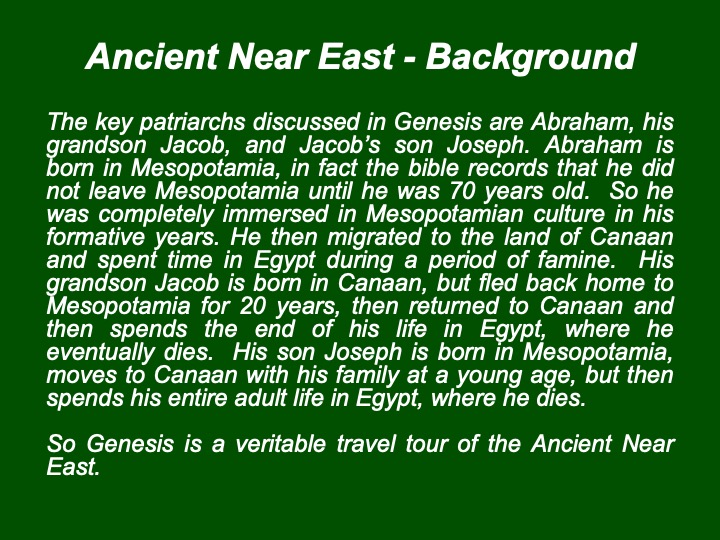
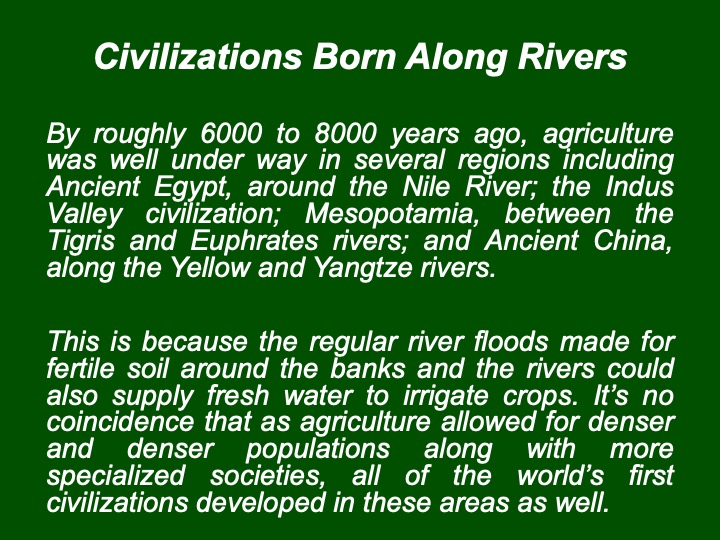
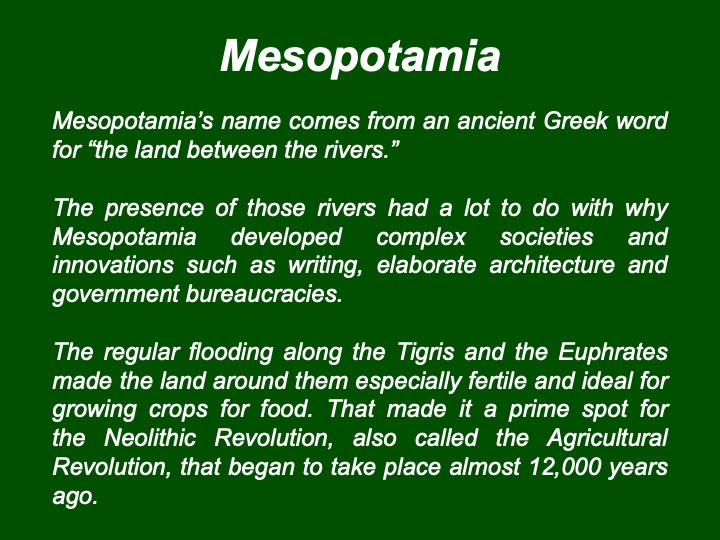
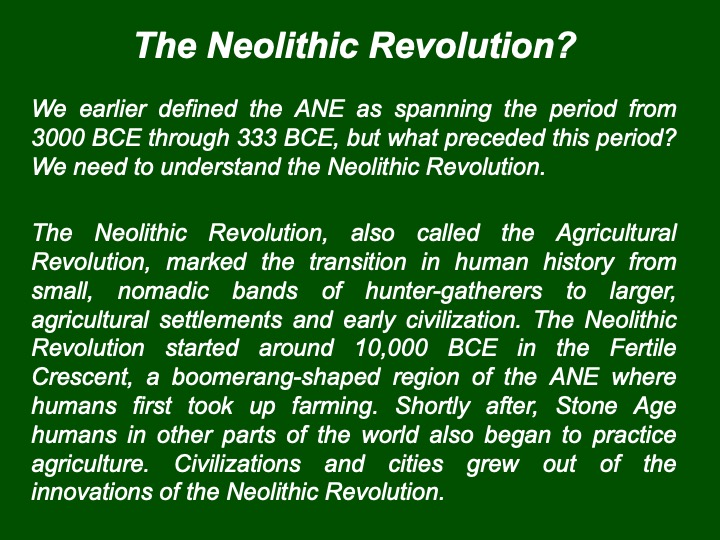
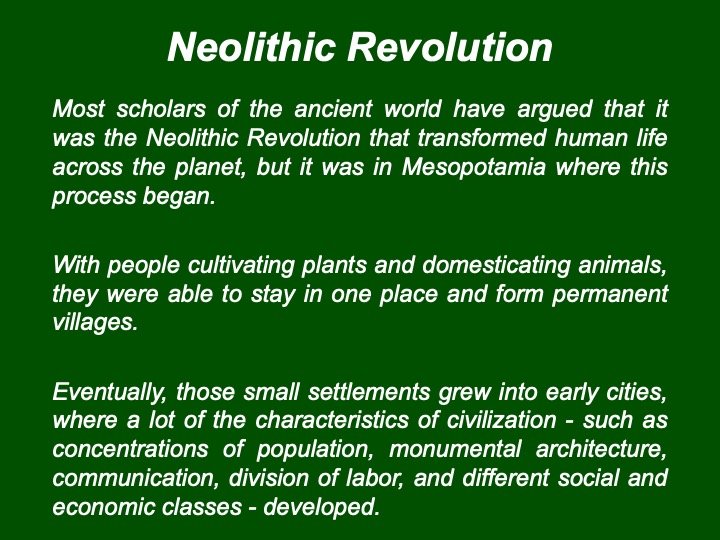
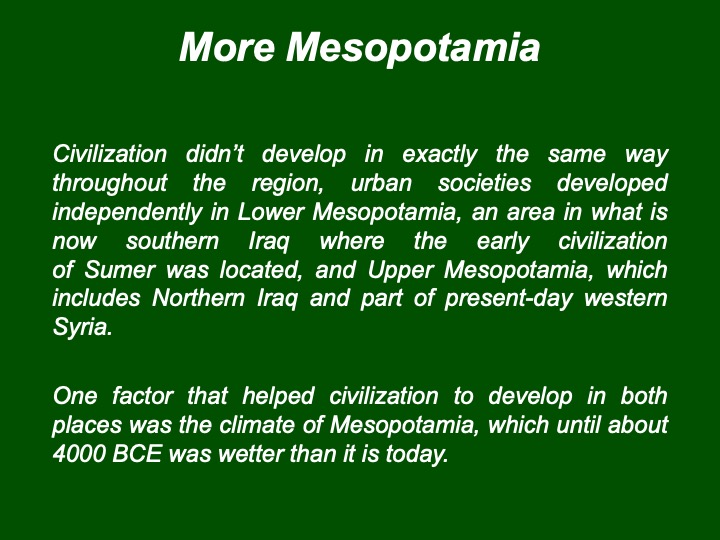
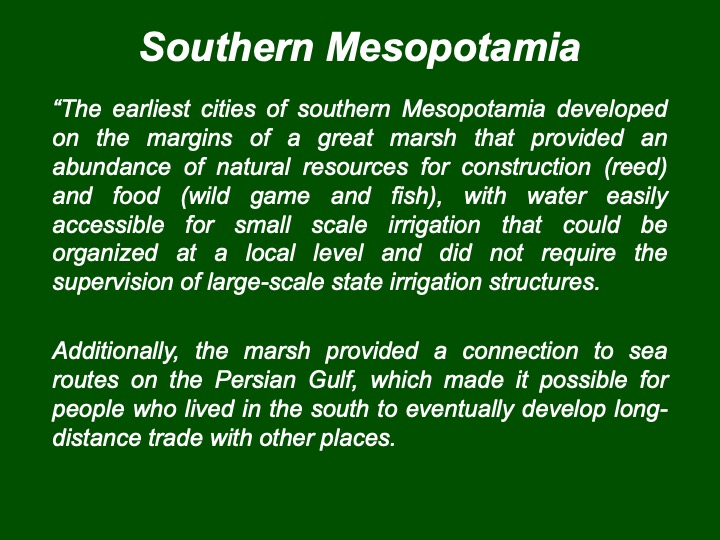
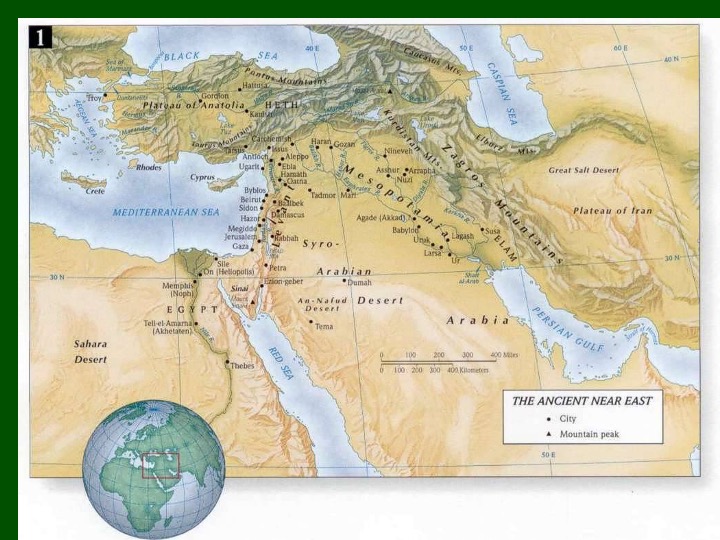
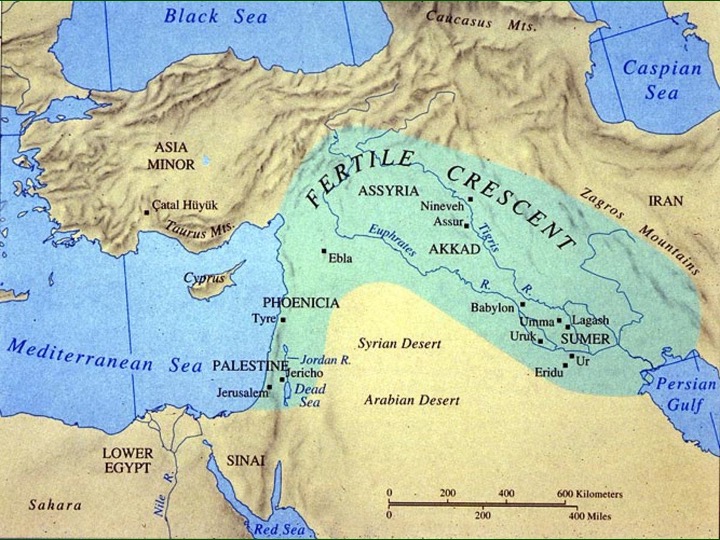
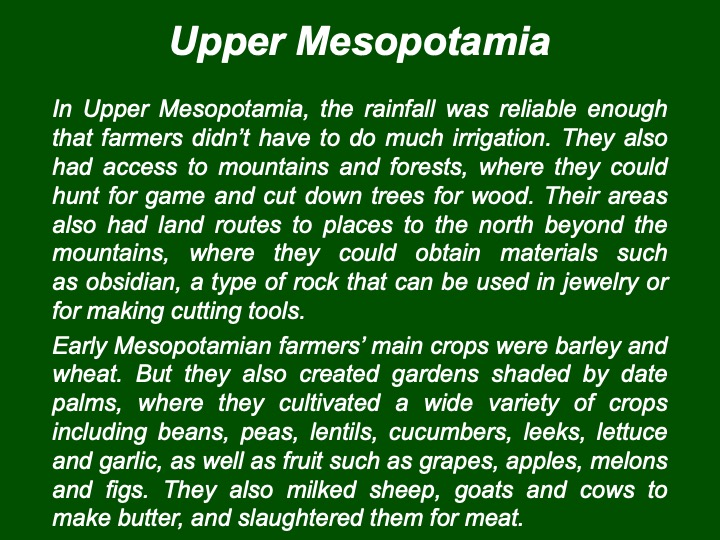

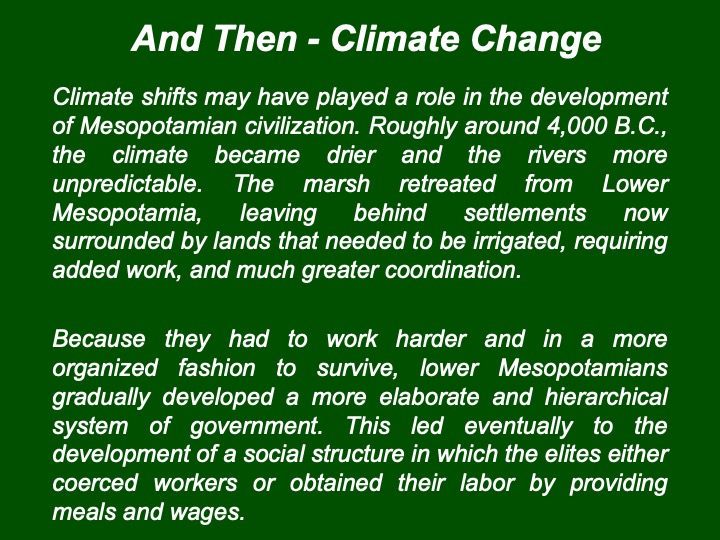
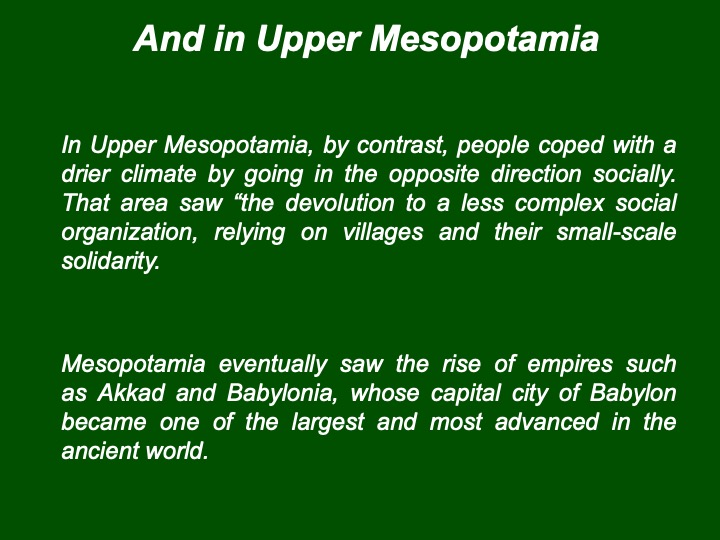
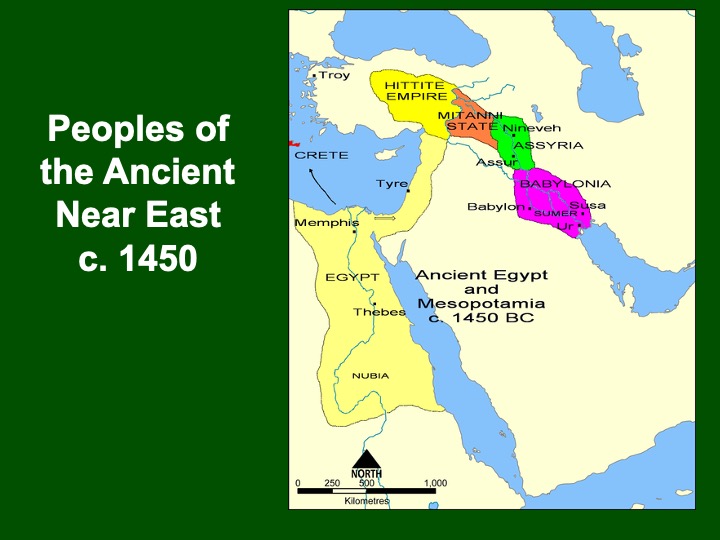
Peoples
of the Ancient Near East
Over the next three slides are three different maps created to show the peoples of the Ancient Near East. They are all somewhat different but useful in showing the complexity of the peoples of Mesopotamia. As we mentioned earlier the population of Egypt was fairly homogeneous, but not so Mesopotamia. Different ethnicities, different language groups, etc. Most of this is from repeated mass migrations of people at different times over an extended period of time.
This first map shows the Ancient Near East at a particular point in time and shows a number of states ranging through Mesopotamia and extending deep into Anatolia (the Hittite empire). At different times different states held sway as the dominant power.
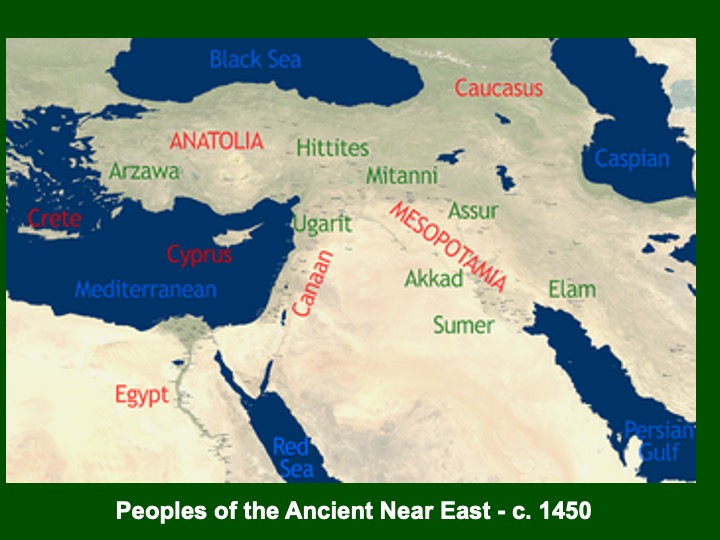
People's Map - Ancient Near East.
This map focuses not some much on states as peoples. Here you see the approximate areas for the Sumerians (Sumer) , Akkadians (Akkad), Assyrians (Assur), the Hittites, the Ugarit, the Arzawa, the Elam. We will not be spending much time on some of these.
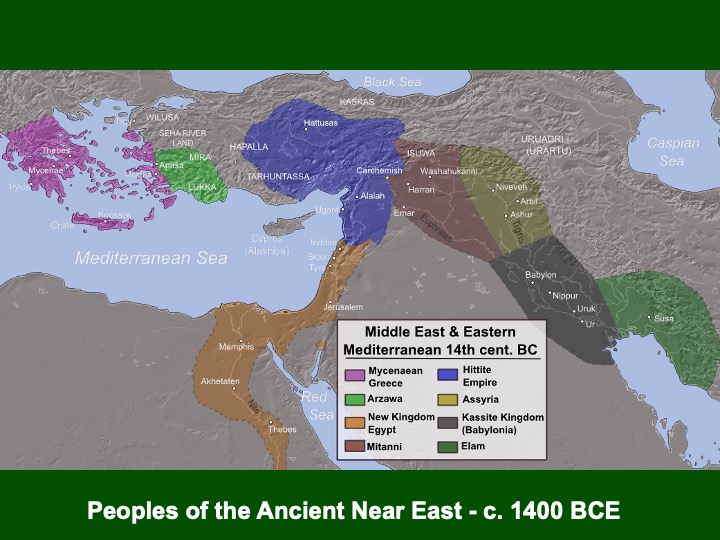
Kingdom's and Empires
And in yet another view this map tries to portray the states in a different manner. The green state east of Babylon is the state of the Elam people with their capitol at Susa - this is in today's southern Iran. And the brown state in northern Mesopotamia is the Mitanni, a relatively short lived state.
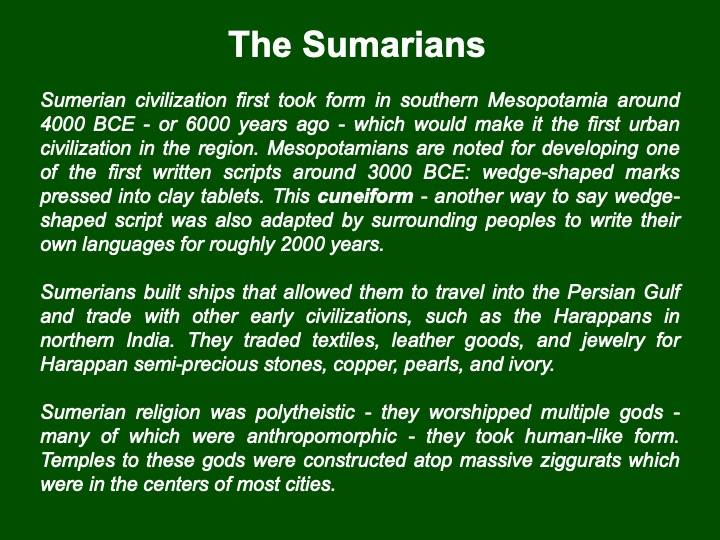
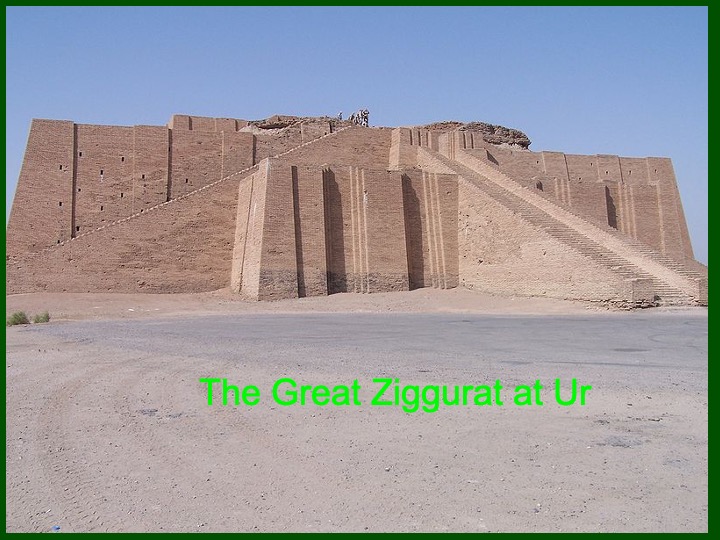
The Great Ziggurat at Ur
And here is the most famous (because it was well preserved) of those ziggurats. But there were several other ones.
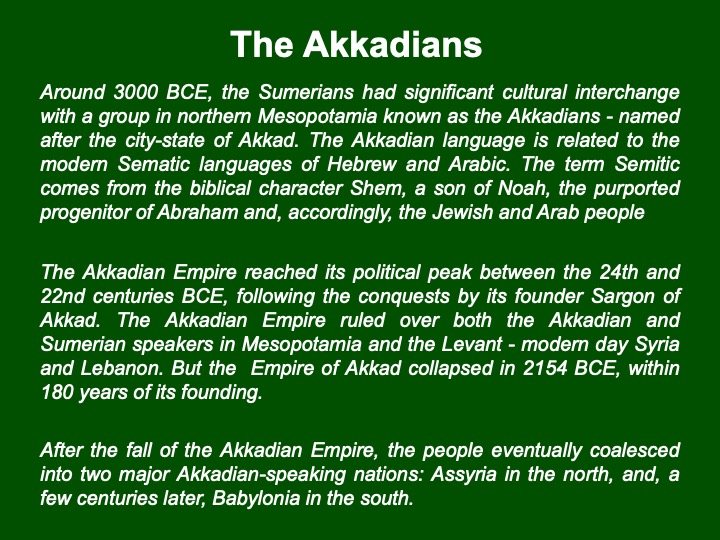
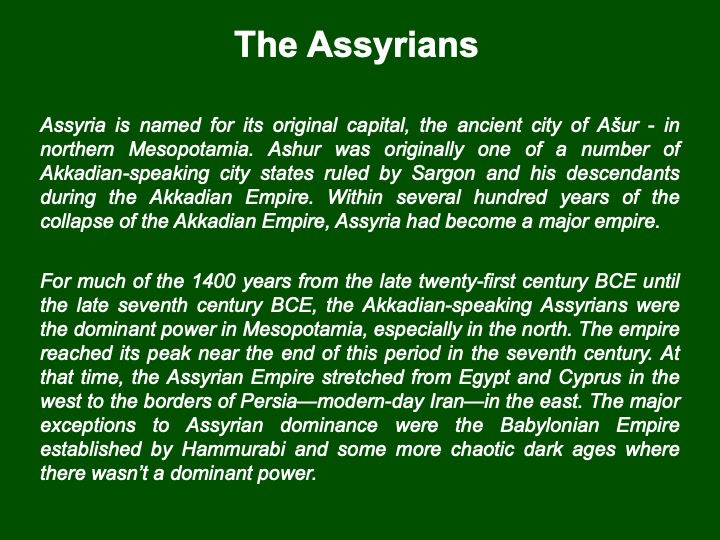
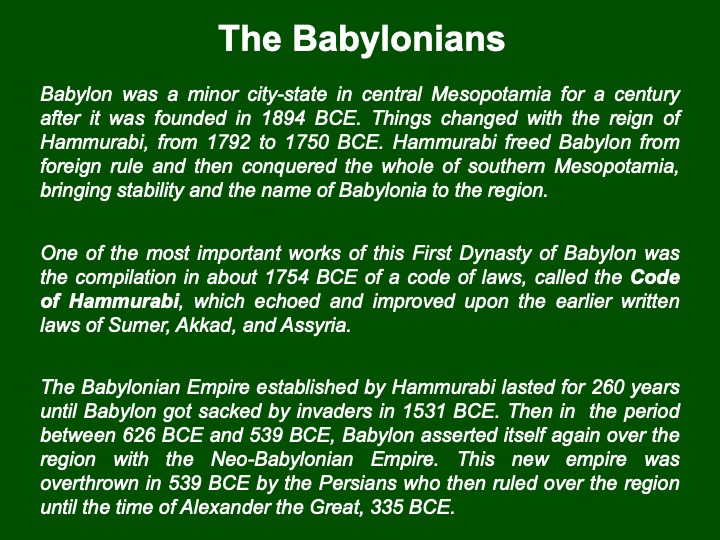
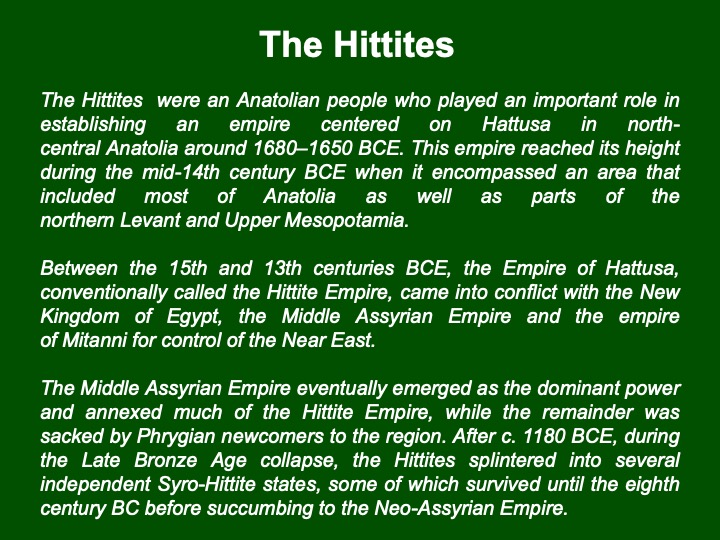
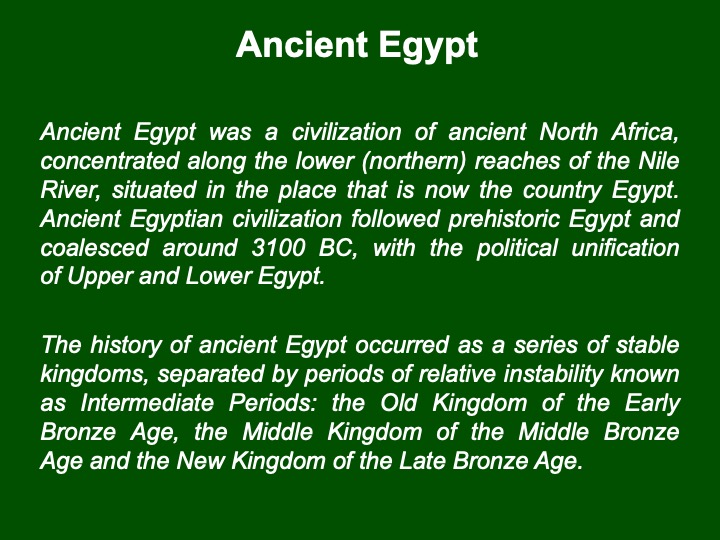
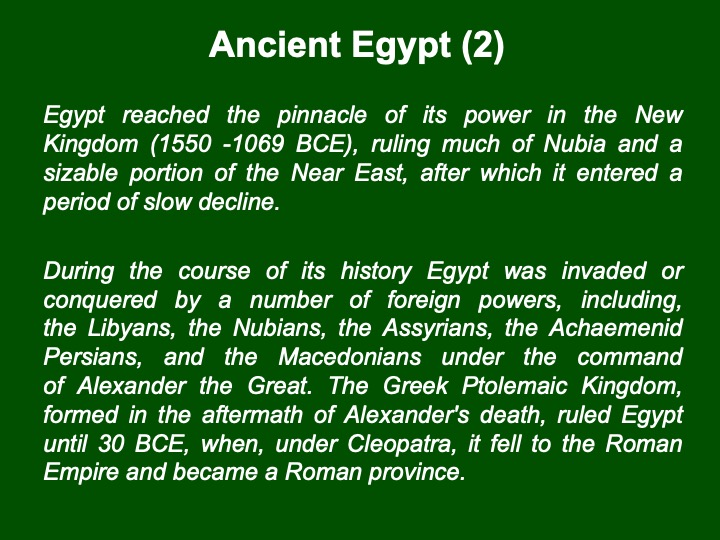
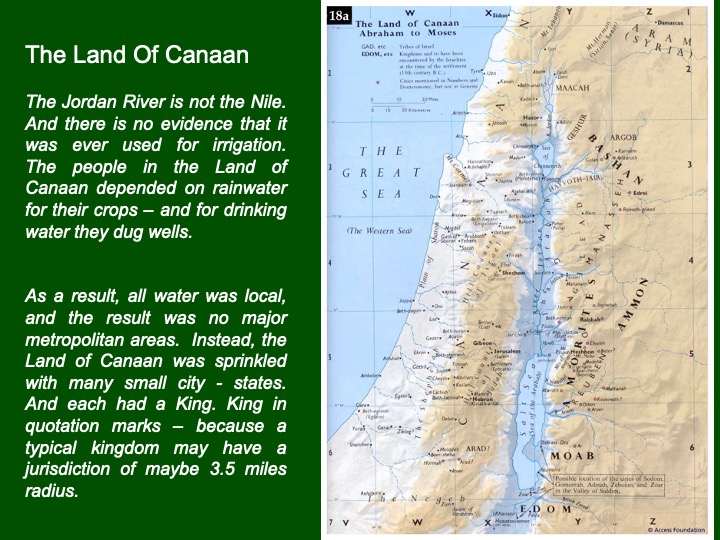

The Ancient Near East and Genesis - Lesson 1
Links
< Home Page> < Ancient Near East & Genesis Menu > < Top of Page >
The Ancient Near East and Genesis - Lesson 1 - Text
Andy’s Guidance
Andy Dearman’s 1992 book called “Religion and Culture in Ancient Israel had a concise explanation of the theme of the book as follows:
“Religion in ancient Israel did not develop in a vacuum. It was influenced by the Near Eastern culture around it as much as it in turn influenced that culture.”
And we will be taking our cue from that summary over our lessons as we review recent learnings about the Near Eastern culture, peoples, literature and religions.
Why Might We Want to Study This?
The Bible, like other sacred texts, is ancient literature, and too often we do not take that into account as we read it.
One of the ways we can increase our understanding of this is to try to read scripture through different lenses.
A particularly interesting way of doing that is to use cultural and literary lenses. These two go hand in hand because our predominant means for understanding ancient cultures is the study of ancient literature. Both religious and non-religious literature.
Why Might We Want to Study This?
So, as an overall introduction let’s talk about what we will be trying to do over the next three lessons.
The book of Genesis in our Bible was most likely written in roughly 1000 BCE or about the time of King David in Israel.
But we know that it was based on a long period of oral transmission before that, and the stories told, particularly those of the family of Abraham, dominated from Genesis 12 all the way through to the end, Genesis 50.
And as we will show, these stories happened all over the Ancient Near East, with significant parts occurring in the cultures of Mesopotamia and Egypt.
Ancient Near East - Background
While human civilization developed in many places around the world, it first emerged thousands of years ago in the ancient Near East.
The first cities, the first writing and first technologies originating in this area.
The Ancient Near East is divided into three major geographical regions: Egypt, to the west, Canaan, in the middle, and Mesopotamia, to the east. All of these are important for understanding the Bible in general and the book of Genesis in particular. Why do I say that? Consider this.
Ancient Near East - Background
The key patriarchs discussed in Genesis are Abraham, his grandson Jacob, and Jacob’s son Joseph. Abraham is born in Mesopotamia, in fact the bible records that he did not leave Mesopotamia until he was 70 years old. So he was completely immersed in Mesopotamian culture in his formative years. He then migrated to the land of Canaan, and spent time in Egypt during a period of famine. His grandson Jacob is born in Canaan, but fled back home to Mesopotamia for 20 years, then returned to Canaan and then spends the end of his life in Egypt, where he eventually dies. His son Joseph is born in Mesopotamia, moves to Canaan with his family at a young age, but then spends his entire adult life in Egypt, where he dies.
So Genesis is a veritable travel tour of the ancient near east.
Civilizations Born Along Rivers
By roughly 6000 to 8000 years ago, agriculture was well under way in several regions including Ancient Egypt, around the Nile River; the Indus Valley civilization; Mesopotamia, between the Tigris and Euphrates rivers; and Ancient China, along the Yellow and Yangtze rivers.
This is because the regular river floods made for fertile soil around the banks and the rivers could also supply fresh water to irrigate crops. It’s no coincidence that as agriculture allowed for denser and denser populations along with more specialized societies, some of the world’s first civilizations developed in these areas as well.
Mesopotamia
Mesopotamia’s name comes from an ancient Greek word for “the land between the rivers.”
The presence of those rivers had a lot to do with why Mesopotamia developed complex societies and innovations such as writing, elaborate architecture and government bureaucracies.
The regular flooding along the Tigris and the Euphrates made the land around them especially fertile and ideal for growing crops for food. That made it a prime spot for the Neolithic Revolution, also called the Agricultural Revolution, that began to take place almost 12,000 years ago.
The Neolithic Revolution?
We earlier defined the ANE as spanning the period from 3000 BCE through 333 BCE, but what preceded this period?
It is interesting to talk about an important Revolution that preceded the ANE. It is usually called the Neolithic Revolution.
The Neolithic Revolution, also called the Agricultural Revolution, marked the transition in human history from small, nomadic bands of hunter-gatherers to larger, agricultural settlements and early civilization. The Neolithic Revolution started around 10,000 B.C. in the Fertile Crescent, a boomerang-shaped region of the Middle East where humans first took up farming. Shortly after, Stone Age humans in other parts of the world also began to practice agriculture. Civilizations and cities grew out of the innovations of the Neolithic Revolution.
Neolithic Revolution
Most scholars of the ancient world have argued that it was the Neolithic Revolution that transformed human life across the planet, but it was in Mesopotamia where this process began.
With people cultivating plants and domesticating animals, they were able to stay in one place and form permanent villages. Eventually, those small settlements grew into early cities, where a lot of the characteristics of civilization—such as concentrations of population, monumental architecture, communication, division of labor, and different social and economic classes - developed.
More Mesopotamia
Civilization didn’t develop in exactly the same way throughout the region, urban societies developed independently in Lower Mesopotamia, an area in what is now southern Iraq where the early civilization of Sumer was located, and Upper Mesopotamia, which includes Northern Iraq and part of present-day western Syria.
One factor that helped civilization to develop in both places was the climate of Mesopotamia, which 6,000 to 7,000 years ago was wetter than that part of the Middle East is today.
Southern Mesopotamia
“The earliest cities of southern Mesopotamia developed on the margins of a great marsh that provided an abundance of natural resources for construction (reed) and food (wild game and fish), with water easily accessible for small scale irrigation that could be organized at a local level and did not require the supervision of large-scale state irrigation structures.
Additionally, the marsh provided a connection to sea routes on the Persian Gulf, which made it possible for people who lived in the south to eventually develop long-distance trade with other places.
Upper Mesopotamia
In Upper Mesopotamia, the rainfall was reliable enough that farmers didn’t have to do much irrigation, according to Reculeau. They also had access to mountains and forests, where they could hunt for game and cut down trees for wood. Their areas also had land routes to places to the north beyond the mountains, where they could obtain materials such as obsidian, a type of rock that can be used in jewelry or for making cutting tools.
According to the British Museum, early Mesopotamian farmers’ main crops were barley and wheat. But they also created gardens shaded by date palms, where they cultivated a wide variety of crops including beans, peas, lentils, cucumbers, leeks, lettuce and garlic, as well as fruit such as grapes, apples, melons and figs. They also milked sheep, goats and cows to make butter, and slaughtered them for meat.
The Urban Revolution
Roughly 5,000 to 6,000 years ago in Sumer, villages evolved into cities. One of the earliest and most prominent was Uruk, a walled community with 40,000 to 50,000 inhabitants. Others included Eridu, Bad-tibira, Sippar, and Shuruppak, according to the Ancient History Encyclopedia.
The Sumerians developed may have been the earliest system of writing as well as sophisticated art, architecture, and complex government bureaucracies to supervise agriculture, commerce and religious activity.
Sumer also became a hotbed of innovation, as the Sumerians took inventions that other ancient peoples developed, from pottery to textile weaving, and figured out how to do them on an industrial scale.
And Then - Climate Change
Climate shifts may have played a role in the development of Mesopotamian civilization. Roughly around 4,000 B.C., the climate became drier and the rivers more unpredictable. The marsh retreated from Lower Mesopotamia, leaving behind settlements now surrounded by lands that needed to be irrigated, requiring added work, and possibly greater coordination.
Because they had to work harder and in a more organized fashion to survive, lower Mesopotamians gradually developed a more elaborate and hierarchical system of government. This led eventually to the development of a social structure in which the elites either coerced workers or obtained their labor by providing meals and wages.
And in Upper Mesopotamia
In Upper Mesopotamia, by contrast, people coped with a drier climate by going in the opposite direction socially. That area saw “the devolution to a less complex social organization, relying on villages and their small-scale solidarity,” Reculeau explains.
Mesopotamia eventually saw the rise of empires such as Akkad and Babylonia, whose capital city of Babylon became one of the largest and most advanced in the ancient world.
The Sumarians
Sumerian civilization first took form in southern Mesopotamia around 4000 BCE - or 6000 years ago - which would make it the first urban civilization in the region. Mesopotamians are noted for developing one of the first written scripts around 3000 BCE: wedge-shaped marks pressed into clay tablets. This cuneiform - another way to say wedge-shaped—script was also adapted by surrounding peoples to write their own languages for roughly 2000 years,
Sumerians built ships that allowed them to travel into the Persian Gulf and trade with other early civilizations, such as the Harappans in northern India. They traded textiles, leather goods, and jewelry for Harappan semi-precious stones, copper, pearls, and ivory.
Sumerian religion was polytheistic - they worshipped multiple gods - many of which were anthropomorphic - they took human-like form. Temples to these gods were constructed atop massive ziggurats which were in the centers of most cities.
The Akkadian Empire
Around 3000 BCE, the Sumerians had significant cultural interchange with a group in northern Mesopotamia known as the Akkadians—named after the city-state of Akkad. The Akkadian language is related to the modern Semitic languages of Hebrew and Arabic. The term Semitic comes from the biblical character Shem, a son of Noah, the purported progenitor of Abraham and, accordingly, the Jewish and Arab people.
The Akkadian Empire reached its political peak between the 24th and 22nd centuries BCE, following the conquests by its founder Sargon of Akkad. The Akkadian Empire ruled over both the Akkadian and Sumerian speakers in Mesopotamia and the Levant - modern day Syria and Lebanon. But the Empire of Akkad collapsed in 2154 BCE, within 180 years of its founding.
After the fall of the Akkadian Empire, the people eventually coalesced into two major Akkadian-speaking nations: Assyria in the north, and, a few centuries later, Babylonia in the south.
The Assyrians
Assyria is named for its original capital, the ancient city of Ašur - also known as Ashur - in northern Mesopotamia. Ashur was originally one of a number of Akkadian-speaking city states ruled by Sargon and his descendants during the Akkadian Empire. Within several hundred years of the collapse of the Akkadian Empire, Assyria had become a major empire.
For much of the 1400 years from the late twenty-first century BCE until the late seventh century BCE, the Akkadian-speaking Assyrians were the dominant power in Mesopotamia, especially in the north. The empire reached its peak near the end of this period in the seventh century. At that time, the Assyrian Empire stretched from Egypt and Cyprus in the west to the borders of Persia-modern-day Iran—in the east. The major exceptions to Assyrian dominance were the Babylonian Empire established by Hammurabi and some more chaotic dark ages where there wasn’t a dominant power.
The Babylonians
Babylon was a minor city-state in central Mesopotamia for a century after it was founded in 1894 BCE. Things changed with the reign of Hammurabi, from 1792 to 1750 BCE. Hammurabi freed Babylon from foreign rule and then conquered the whole of southern Mesopotamia, bringing stability and the name of Babylonia to the region.
One of the most important works of this First Dynasty of Babylon was the compilation in about 1754 BCE of a code of laws, called the Code of Hammurabi, which echoed and improved upon the earlier written laws of Sumer, Akkad, and Assyria.
The Babylonian Empire established by Hammurabi lasted for 260 years until Babylon got sacked by invaders in 1531 BCE. Then in the period between 626 BCE and 539 BCE, Babylon asserted itself again over the region with the Neo-Babylonian Empire. This new empire was overthrown in 539 BCE by the Persians who then ruled over the region until the time of Alexander the Great, 335 BCE.
The Hittites
The Hittites were an Anatolian people who played an important role in establishing an empire centered on Hattusa in north-central Anatolia around 1680–1650 BC.[2] This empire reached its height during the mid-14th century BCE when it encompassed an area that included most of Anatolia as well as parts of the northern Levant and Upper Mesopotamia.
Between the 15th and 13th centuries BC, the Empire of Hattusa, conventionally called the Hittite Empire, came into conflict with the New Kingdom of Egypt, the Middle Assyrian Empire and the empire of Mitanni for control of the Near East.
The Middle Assyrian Empire eventually emerged as the dominant power and annexed much of the Hittite Empire, while the remainder was sacked by Phrygian newcomers to the region. After c. 1180 BCE, during the Late Bronze Age collapse, the Hittites splintered into several independent Syro - Hittite states, some of which survived until the eighth century BCE before succumbing to the Neo-Assyrian Empire.
Ancient Egypt
Ancient Egypt was a civilization of ancient North Africa, concentrated along the lower (northern) reaches of the Nile River, situated in the place that is now the country Egypt. Ancient Egyptian civilization followed prehistoric Egypt and coalesced around 3100 BC, with the political unification of Upper and Lower Egypt.
The history of ancient Egypt occurred as a series of stable kingdoms, separated by periods of relative instability known as Intermediate Periods: the stable Kingdoms of power were the Old Kingdom of the Early Bronze Age, the Middle Kingdom of the Middle Bronze Age and the New Kingdom of the Late Bronze Age.
Ancient Egypt (2)
Egypt reached the pinnacle of its power in the New Kingdom (1550 -1069 BCE), ruling much of Nubia and a sizable portion of the Near East, after which it entered a period of slow decline.
During the course of its history Egypt was invaded or conquered by a number of foreign powers, including, the Libyans, the Nubians, the Assyrians, the Achaemenid Persians, and the Macedonians under the command of Alexander the Great. The Greek Ptolemaic Kingdom, formed in the aftermath of Alexander's death, ruled Egypt until 30 BCE, when, under Cleopatra, it fell to the Roman Empire and became a Roman province.
The Land Of Canaan
The Jordan River imot the Nile. And there is no evidence that it was ever used for irrigation. The people in the Land of Canaan depended on rainwater for their crops – and for drinking water they dug wells.
As a result, all water was local, and the result was no major metropolitan areas. Instead, the Land of Canaan was sprinkled with many small city - states. And each had a King. King in quotation marks – because a typical kingdom may have a jurisdiction of maybe 3.5 miles radius. A better term than kingdoms might be chiefdoms, led by chiefs.
So What’s Next
We will move next week into an important aspect of the story we are trying to tell about the Ancient Near East and the book of Genesis, namely the development of writing and the emergence of literature in the ANE, because as we mentioned earlier, a great deal of what we know today about these lands and peoples, and cultures has come from their literature.
And we will learn interestingly, that we had no access to any of that literature until the 19th century, and the bulk of what we have learned was done in the 20th century.